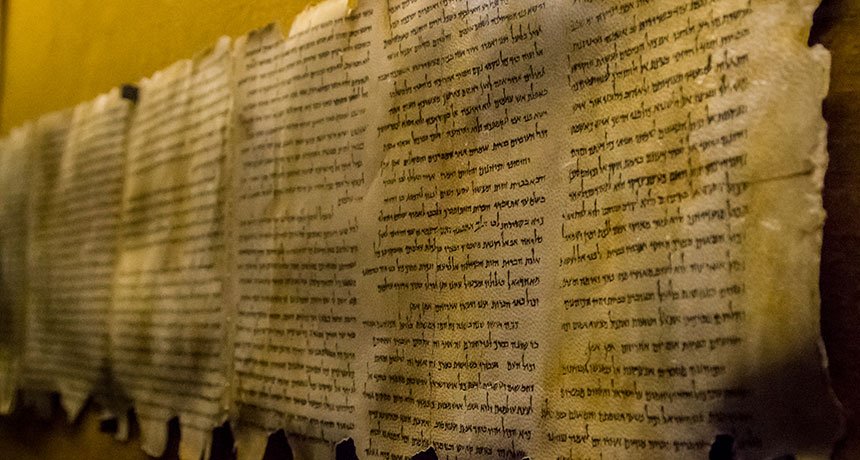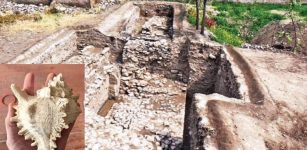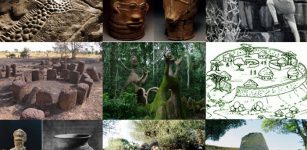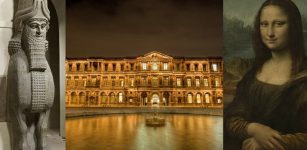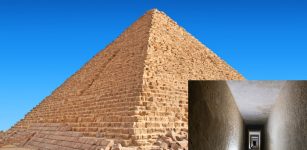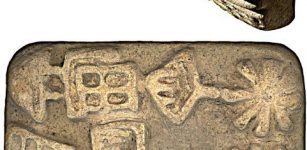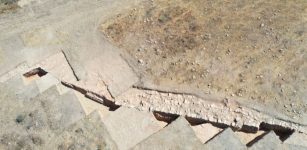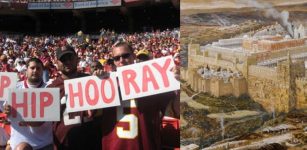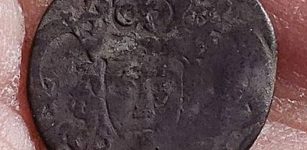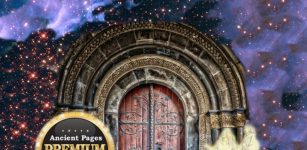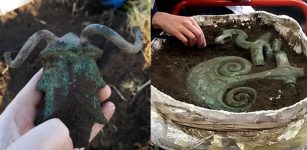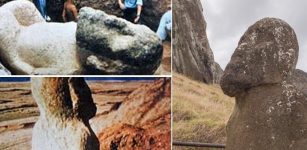30 Ancient Skeletons May Finally Unravel The Secrets Of The Dead Sea Scrolls
AncientPages.com - Discovered back in 1947 near the ruins of Qumran – also known as Khirbet Qumran, the Dead Sea Scrolls still remain a great ancient puzzle.
The scrolls contain a large variety of writings: fragments of every book of the Old Testament (except the Book of Esther), rules for religious rituals, texts on preparation of the Qumran sect for a war at the End of Time, calendars, horoscopes and much more, but there is still plenty we don’t know about these precious ancient texts.
Newly excavated skeletons at a roughly 2,000-year-old West Bank site support a theory that a community of celibate men lived there at the time the Dead Sea Scrolls were placed in nearby caves. These men may have written or protected the scrolls.
The texts are written using a carbon-based ink and are mostly in Hebrew, with some in Aramaic (a Semitic language allegedly spoken by Jesus) and in Greek.
Archaeologists have now discovered 30 ancient skeletons that may finally unravel the secrets of the Dead Sea Scrolls. Found in the same site in Qumran, the skeletons are estimated to be about 2,000-year-old and scientists hope these bodies can help to uncover who wrote or protected the ancient manuscripts.
According to anthropologist Yossi Nagar of the Israel Antiquities Authority, the remains are that of men who, at the time of their death, were likely around 20 to 50 years old.
The authors of the Dead Sea Scrolls are still unknown. According to one theory the Dead Sea Scrolls belonged to the Essenes, member of a religious sect or brotherhood that flourished in Palestine from about the 2nd century BC to the end of the 1st century AD.
However, a later review of these results has raised additional questions related to the scrolls, considered one of the greatest archaeological events of the twentieth century.
See also:
Qumran: The Dead Sea Scrolls And Their Connection To Enigmatic Essenes
Dead Sea Scrolls Reveal Noah’s Ark Was Pyramid-Shaped
The newly discovered graves filled with ancient skeletons adds considerable weight to this theory and perhaps there is a really strong link between the Essenes and these mysterious ancient manuscripts.
Anthropologist Nagar said the skeletons reveal no signs of war-related injuries and are not those of what at that time, would be considered young men.
Unfortunately, scientists haven’t yet been able to determine the whether the remains belonged to the Essenes. It’s too early to say who these people were. They could also have been members belonging to a community of celibate men.
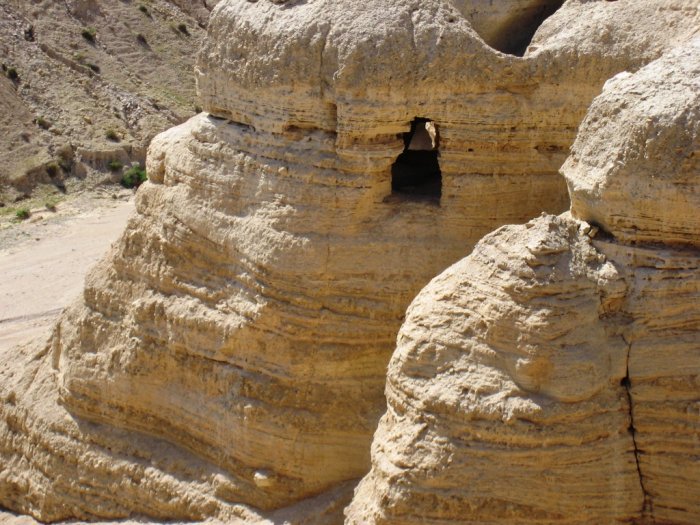
Dead Sea scrolls were discovered in West Jordan in 1947, near the ruins of Qumran – also known as Khirbet Qumran.
An early theory about the origins of the Dead Sea Scrolls maintained that the texts were linked to an ancient Jewish sect called the Essenes. Analysis of the newly uncovered graves reportedly adds considerable weight to this theory. According to Nagar, the skeletons reveal no signs of war-related injuries and are not those of what at that time, would be considered young men.
However, although researchers could not confirm whether the remains belonged to the Essenes, according to Nagar, they could still be indicative of the men belonging to a community of celibate men.
Researchers removed small samples of bone from some of the newly excavated Qumran skeletons before reburying the finds in their original resting places. Nagar wasn’t sure if any attempts to retrieve DNA from bone samples would be launched.
"I don't know if these were the people who produced the Qumran region's Dead Sea Scrolls. But the high concentration of adult males of various ages buried at Qumran is similar to what has been found at cemeteries connected to Byzantine monasteries," Nagar said.
AncientPages.com
Expand for references
